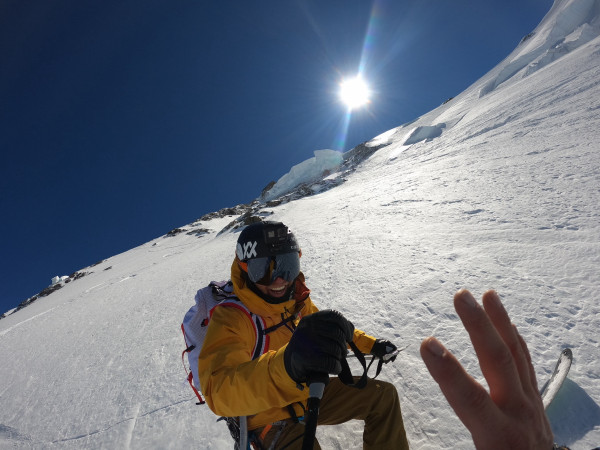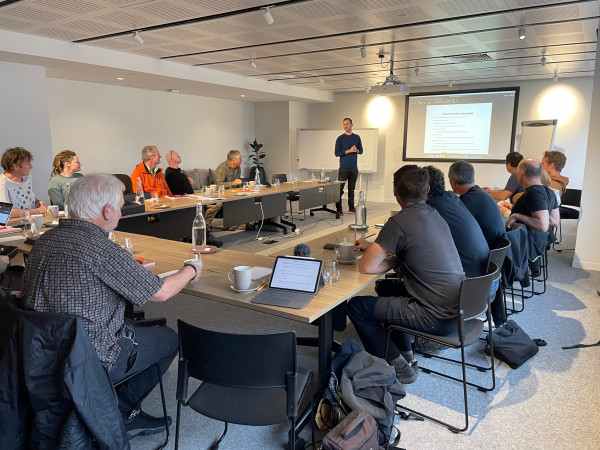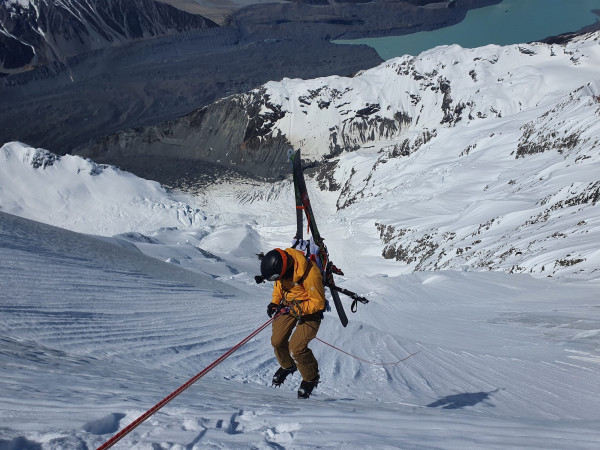Safety in Avalanche Terrain
Are you #AvalancheReady?
Are you planning to head into the backcountry for an alpine adventure? In order to be safe in avalanche terrain, you need to cover these three components before you go.
Step 1: Get the forecast
The New Zealand Avalanche Advisory (NZAA) provides an avalanche forecasting system in thirteen key locations across the country during the relevant avalanche seasons.
If you're heading into the alpine backcountry, check the avalanche advisory before you leave home.


Step 2: Get the training
Get started with our Online Avalanche Course, a beginner's guide to avalanche forecasts, danger scales, danger types, and some of the mitigations available to those heading into the backcountry. This is useful to get a taste of what is to come on an in-person avalanche course, and as a refresher for those who have attended courses in the past, but it is not a replacement for in-person training! You should attend an Avalanche Skills Course to be ready to head backcountry.
To get hands-on training, here's a list of recreational and professional avalanche training course providers in New Zealand.
Step 3: Get the gear
If you're in avalanche terrain, it's extremely important to carry an avalanche transceiver, probe, and shovel. Avalanche courses will teach you how to use all of this equipment correctly and efficiently in the case of an avalanche rescue. Knowing how to use your gear before you head out is essential.

Transceivers are small electronic devices that transmit a radio signal. In the event of an avalanche, the people who were not buried can switch their transceiver to the search mode and follow the signal towards a buried person(s).
A proficient and strategic shovelling technique can save a buried person in minutes. It's extremely important that you select a good shovel (avoid plastic) and practice regularly.
Probes are like sectional tent poles that snap together. Systematic probing allows you to pinpoint the exact location of the buried person, which indicates the direction you need to start digging. Some probes have centimetre markings, which is a great tool to figure out how deep the burial is.
Find out more in our video about Important Equipment.
Watch New Zealand Avalanche Stories
Watch real stories from NZ's outdoor community and get #AvalancheReady before you leave home.
South Island mountain guide Gavin Lang shares his near-miss experience with an avalanche on the Remarkables. His story highlights the importance of quality preparation, education, and risk assessment for any trip into Aotearoa’s mountains.
Key learning points from the video include:
- Stay updated on the avalanche forecast and current conditions to make informed decisions.
- Equip yourself with the necessary rescue equipment, such as beacons, shovels, and probes. And know how to use it all!
- Prioritise proper training to develop essential avalanche safety skills. Learn how to identify hazards, assess the terrain, and respond effectively in challenging situations.
- It's ok to turn back! As Gavin said, "I can think of three different occasions where I've backed off something when the likelihood of something happening was small or moderate, but the consequences have been either moderate or severe."
Mountaineer and NZ Alpine Team member Sooji Clarkson shares her experience with an avalanche while climbing Mt Rolleston in Canterbury, New Zealand. Her story reminds us to prepare and equip ourselves with the proper knowledge before any trip into Aotearoa’s mountains.
Climber Christian Hanson shares his experience with an avalanche while climbing Taranaki Maunga, New Zealand in 2012. His story reminds us to prepare and equip ourselves with the proper knowledge before any trip into Aotearoa’s mountains.
Climber Alastair McDowell discusses his approach to managing risks in New Zealand's avalanche terrain. His story reminds us to prepare and equip ourselves with the proper knowledge before any trip into Aotearoa’s mountains.
Jono Clarke, a NZ Alpine Team member, shares his experiences with avalanches while mountaineering in New Zealand, including a near-miss on Mt Ruapehu. His story reminds us to prepare and equip ourselves with the proper knowledge before any trip into Aotearoa’s mountains.
Seen evidence of an avalanche? Share it!
Our public observation tool is your opportunity to share snowpack and avalanche conditions with your alpine community and contribute to a safe winter.
Observations don't need to be technical. Even a photo by itself or a small detail you notice can help avalanche advisory forecasters shape information about conditions in the mountains.
Continue your learning
You can find more resources in our Education section. Where we have information on avalanche safety, learning resources, and courses available around the country for getting the appropriate training. Plus some excellent avalanche safety videos to get you started.
Get #AvalancheReady and have an epic season in the mountains! Follow us on Instagram and Facebook for more avalanche safety content.
Got an avalanche story to share?
Our recent research into avalanche culture in the mountaineering community, Above and Beyond, showed us that post-trip, 75% of mountaineers reflect on a trip quietly to themselves, but don’t share these learnings with their peers.
If you would like to share your story with us, please get in touch with us.
The NZAA is owned and managed by the New Zealand Mountain Safety Council (MSC).